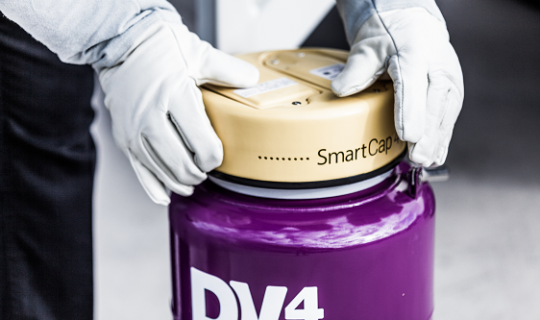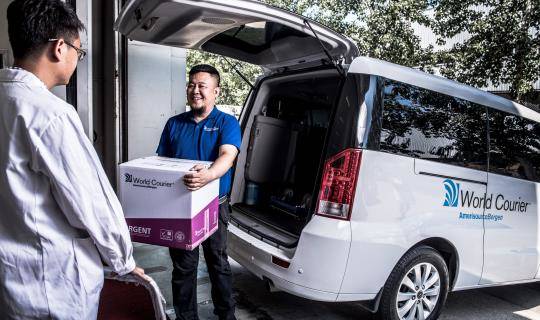Article: How complex is logistics in cell and gene therapy?
By Reinout Hesselink
With more living drug products gradually entering the market, and a greater number in the late stages of clinical development, the question of how to best get them to the patient is becoming more and more urgent.
In the early phases of development, logistical challenges are relatively simple with a limited number of patients and clinical sites involved. In these stages, it is possible to arrange shipments on a case-by-case basis, sometimes utilizing dedicated drivers to ensure the product gets to where it needs to be. However the question of how to best get your product delivered is answered relatively late in development which people often feel is complicated. While certainly more complex than shipping small molecules, it is actually less so than believed.
Consider these experience-based practical considerations to take the edge off of planning logistics for cell and gene therapies.
Logistics are to a large extent dictated by your target product profile. What is it you plan to ship? Will it be frozen and if so, at what temperature? Will it be fresh, at ambient temperature or at 2-6°C? Is it an allogeneic product or autologous? What is the shelf life of the product and its stability under different shipping conditions? How will it be handled at the clinical site? How many batches will you make? This, in the case of autologous products, also raises the question of how many deliveries will be required.
Although the logistics of cell and gene therapies are more complicated than for most other drugs, it is certainly not a showstopper. Take the example of Dendreon’s Provenge—initially criticized for its complicated logistics which was believed to have potential to kill the product. After a rough start, Provenge is to-date the most sold cell-based medicinal product, with thousands of shipments taking place worldwide each year, within tight delivery windows and a needle-to-needle Chain of Identity.
Over time industry has learned which shipping conditions provide the best product safety, and have developed packaging materials and tracking systems in accordance. Based on the expected market, logistics platforms can be made relatively early to include the design of the warehouse, the type and number of loading docks, the packaging required and the best shipment routes. Performing mock shipments to different geographical regions can also help to identify possible hold-ups at customs, the paperwork required and hand-over and transition times. It is not uncommon that the actual time of transport is just 25% of the delivery time, with the other 75% an accumulation of the waiting time at customs and hand-over windows.
Thus the experience for developing and handling the logistics around the delivery of cell and gene therapy is now readily available. Engaging with people who have that expertise to help you set up and develop your logistics from the warehouse to the needle, in parallel with the development of your product, will prevent sleepless nights by the time you get to late stage clinical production.






